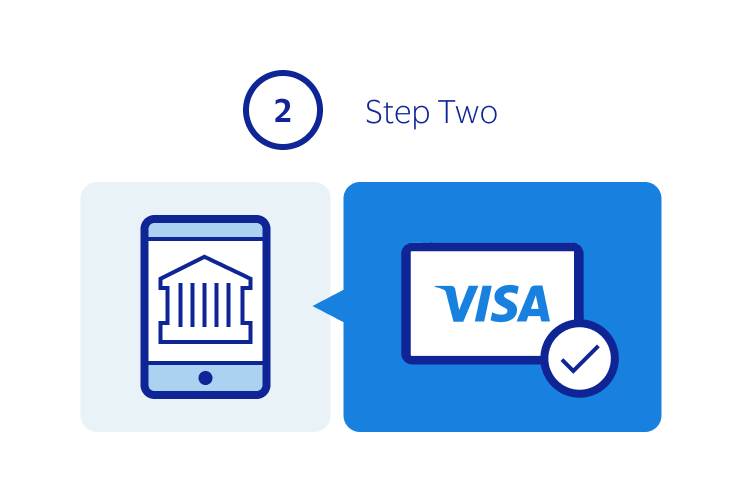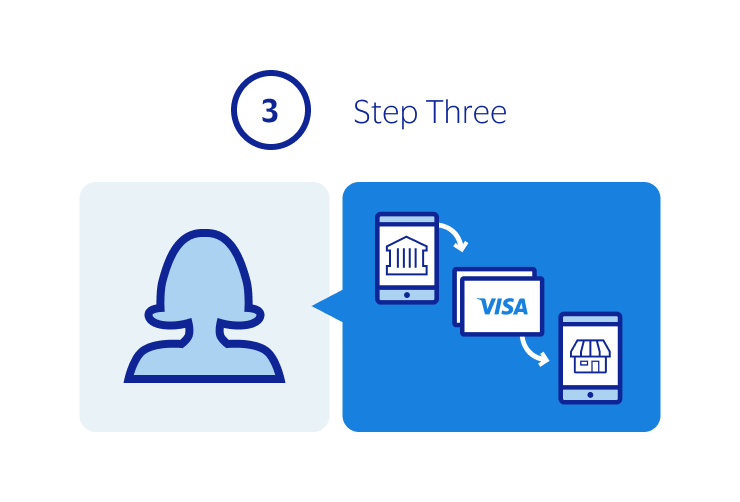Visa Intelligent Commerce for AI Agents
Enabling safe, secure, and personalized AI commerce - at scale
Scaling AI commerce with secure transactions, personalized experiences, and global acceptance
AI commerce, i.e. commerce powered by an AI agent, is set to transform the digital commerce landscape. Visa Intelligent Commerce will allow AI agents to make secure, seamless purchases on behalf of users, while helping to deliver personalized experiences. With robust APIs, including tokenization, authentication, controls, and commerce signals. Visa will equip AI agents with the tools to operate efficiently in the commerce ecosystem.
The Challenge
AI agents are continuously evolving and these agents, if instructed, should be able to make purchases on behalf of the user - e.g. Buy me tickets for tonight's game.
At the most basic level, an existing or new agent should be capable of finding a wide range of products and services to suggest to any anonymous user based on the interaction between the user and the agent. Ideally, at this basic level, the agent should also enable the user to click on suggested results, redirecting them to the seller's website, where they can proceed with their purchase using the available checkout options.
Users can expect a better commerce experience if product discovery is improved through personalization [if the user is known to the AI agent] and the payment can be streamlined [if the AI agent can seamlessly make the payments on behalf of the user].
The Solution
Visa Intelligent Commerce is designed to empower AI agents to make secure, seamless purchases on behalf of the user.
Visa Intelligent Commerce will provide four (4) integrated services that will allow AI agents to:
- Request tokenized credentials that are bound to that agent and can only be used in context of the agent making purchases on user's behalf.
- Ensure that users are authenticated whenever they instruct the agent to make purchases on their behalf
- Set up controls to ensure that the agent's payment actions are aligned with the user's original authenticated instructions
- Provide commerce signals that will simplify tracking of purchases and the management of any disputes that may arise
This product is in the process of development and deployment. Depictions are representations of potential features and sequences. May not be available in all markets.
Julie, a Visa cardholder, enjoys using her favorite AI agent to discover goods and services, finding it significantly easier than searching herself through a browser. Despite being often impressed by how quickly the agent can identify the best options for her, she occasionally feels frustrated that it doesn't fully understand her shopping preferences. Additionally, she finds the purchasing process cumbersome, as she has to navigate to the seller’s website and enter all her contact information and card details, often dealing with inconsistent user experiences. She is also concerned about the security risks of entering her card number on multiple merchant sites, as she is aware that not all merchants protect this information sufficiently, potentially leading to fraudulent activity on her card.
Julie is excited when her AI agent informs her about a new service that allows her to provision a tokenized version of her card, enabling the agent to make purchases on her behalf when instructed. She signs up for the service and is impressed by the security measures, which include verifying her identity with her card issuer and creating a Passkey.
Immediately after signing up, Julie asks her agent to find her a new pair of shoes and notices the agent now better understands her preferences with less back and forth. Once she selects the desired shoes, the agent offers to make the purchase for Julie and asks her to authenticate with her Passkey.
Although Julie expected to provide more information or take further action, she is pleasantly surprised when the agent confirms the purchase is complete. She promptly receives an email from the merchant confirming her order.

Capture and authenticate consumer instruction
Julie interacts with the agent and chooses the product she wants the agent to purchase on her behalf

Retrieve payment credentials
The agent retrieves payment credentials for the specific amount and merchant at which the purchase will be made

Provide the payment credentials to the merchant
The agent delivers the payment credentials to the merchant through the merchant's guest checkout, key entered, web form or through an available merchant API
Tokenization - These APIs are used to:
- Provision agent-specific tokens for a user that has an account with the agent.
- Perform step up to verify the card details entered by the user
- Manage the life cycle of provisioned tokens
Authentication iFrame - this iFrame will:
- Indicate whether the card details entered during provisioning currently have a Passkey set up on the user's device
- Set up the user's Passkey for the user's device
- Autheticate the user's instruction when the user is requesting the agent to make a purchase on their behalf
Payment Instructions and Signals - These APIs are used to:
- Enroll a provisioned token in the Visa Intelligent Commerce platform
- Initially set a user instruction and, once set, enable the updating or canceling of the user instruction
- Retrieve payment credentials for the purchases being made to merchants
- Provide transaction event notifications indicating the outcome of the purchases made to merchants
